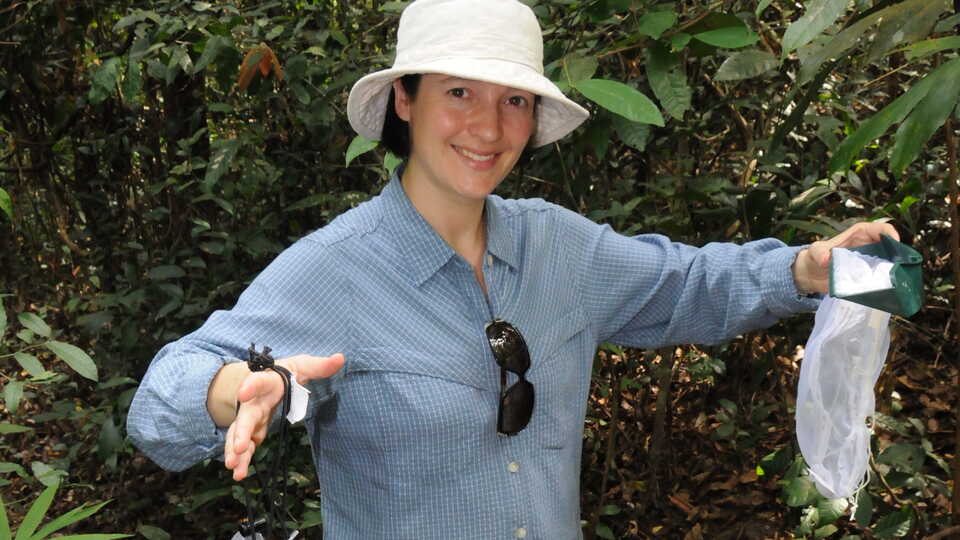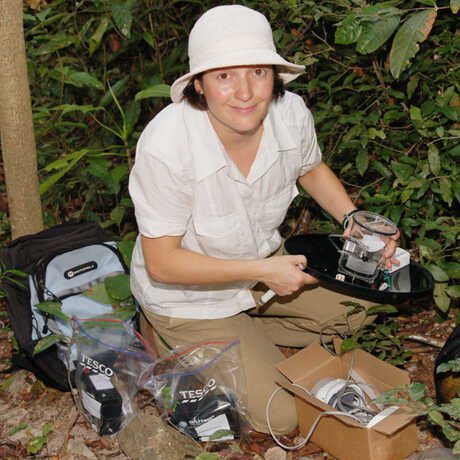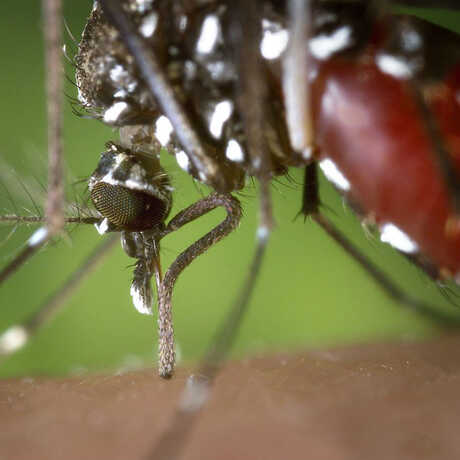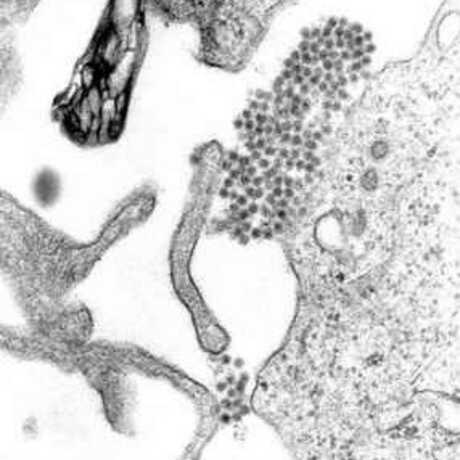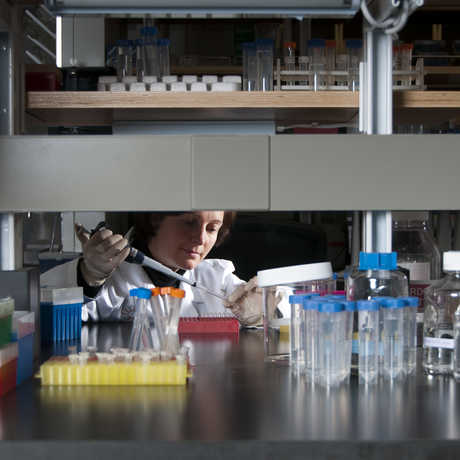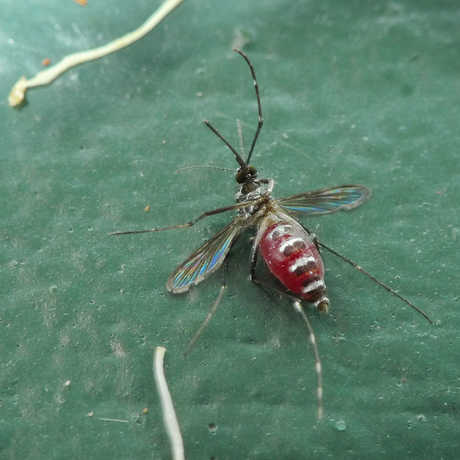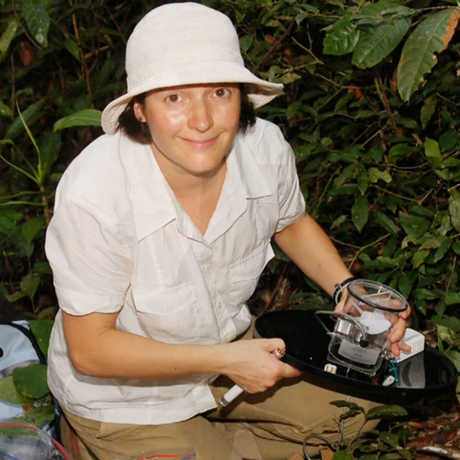When Shannon Bennett traveled to Africa as an undergraduate to perform educational plays about basic public health issues, she never guessed the experience would launch her lifelong fascination with microbiology.
While in Liberia, she contracted malaria immediately followed by amoebic dysentery, a miserable experience that actually turned out to be a watershed moment for her career. "I caught something that made me extremely sick," she recalls, "and began to ponder ‘Why is this happening? How does it happen? What could make me this ill?’"
After the fevers and cramping subsided, her curiosity remained. Upon returning from Africa, Bennett pursued a degree in parasitology and began learning as much as possible about infectious agents—parasites, bacteria, and viruses. She started big (relatively speaking), studying parasitic nematodes (a.k.a. roundworms) and their diversity and transmission in different fish species. Today, she’s exploring the hidden world of microbes that adversely affect human health, focusing on dengue virus and hantaviruses, and the communities they thrive in.
